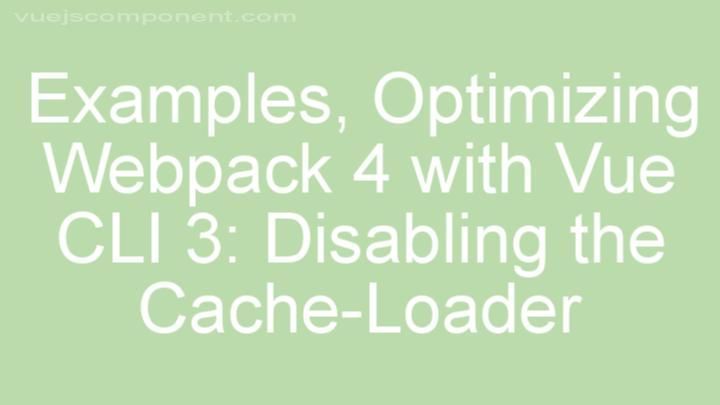
Install
validate-commit-msg
This provides you a binary that you can use as a githook to validate the commit message. I recommend
husky. You'll want to make this part of the commit-msg githook, e.g. when using husky, add "commitmsg": "validate-commit-msg" to your npm scripts in package.json.
Validates that your commit message follows this format:
<type>(<scope>): <subject>
Or without optional scope:
<type>: <subject>
Installation
This module is distributed via npm which is bundled with node and
should be installed as one of your project's devDependencies:
npm install --save-dev validate-commit-msg
Usage
options
You can specify options in .vcmrc.
It must be valid JSON file.
The default configuration object is:
{
"types": ["feat", "fix", "docs", "style", "refactor", "perf", "test", "build", "ci", "chore", "revert"],
"scope": {
"required": false,
"allowed": ["*"],
"validate": false,
"multiple": false
},
"warnOnFail": false,
"maxSubjectLength": 100,
"subjectPattern": ".+",
"subjectPatternErrorMsg": "subject does not match subject pattern!",
"helpMessage": "",
"autoFix": false
}
Alternatively, options can be specified in package.json:
{
"config": {
"validate-commit-msg": {
/* your config here */
}
}
}
.vcmrc has precedence, if it does not exist, then package.json will be used.
types
These are the types that are allowed for your commit message. If omitted, the value is what is shown above.
You can also specify: "types": "*" to indicate that you don't wish to validate types.
Or you can specify the name of a module that exports types according to the
conventional-commit-types
spec, e.g. "types": "conventional-commit-types".
scope
This object defines scope requirements for the commit message. Possible properties are:
required
A boolean to define whether a scope is required for all commit messages.
allowed
An array of scopes that are allowed for your commit message.
You may also define it as "*" which is the default to allow any scope names.
validate
A boolean to define whether or not to validate the scope(s) provided.
multiple
A boolean to define whether or not to allow multiple scopes.
warnOnFail
If this is set to true errors will be logged to the console, however the commit will still pass.
maxSubjectLength
This will control the maximum length of the subject.
subjectPattern
Optional, accepts a RegExp to match the commit message subject against.
subjectPatternErrorMsg
If subjectPattern is provided, this message will be displayed if the commit message subject does not match the pattern.
helpMessage
If provided, the helpMessage string is displayed when a commit message is not valid. This allows projects to provide a better developer experience for new contributors.
The helpMessage also supports interpolating a single %s with the original commit message.
autoFix
If this is set to true, type will be auto fixed to all lowercase, subject first letter will be lowercased, and the commit will pass (assuming there's nothing else wrong with it).
Node
Through node you can use as follows
var validateMessage = require('validate-commit-msg');
var valid = validateMessage('chore(index): an example commit message');
// valid = true
CI
You can use your CI to validate your last commit message:
validate-commit-msg "$(git log -1 --pretty=%B)"
Note this will only validate the last commit message, not all messages in a pull request.
Monorepo
If your lerna repo looks something like this:
my-lerna-repo/
package.json
packages/
package-1/
package.json
package-2/
package.json
The scope of your commit message should be one (or more) of the packages:
EG:
{
"config": {
"validate-commit-msg": {
"scope": {
"required": true,
"allowed": ["package-1", "package-2"],
"validate": true,
"multiple": true
},
}
}
}
Other notes
If the commit message begins with WIP then none of the validation will happen.
Credits
This was originally developed by contributors to the angular.js project. I
pulled it out so I could re-use this same kind of thing in other projects.
Contributors
Thanks goes to these wonderful people (emoji key):
This project follows the all-contributors specification. Contributions of any kind welcome!
















